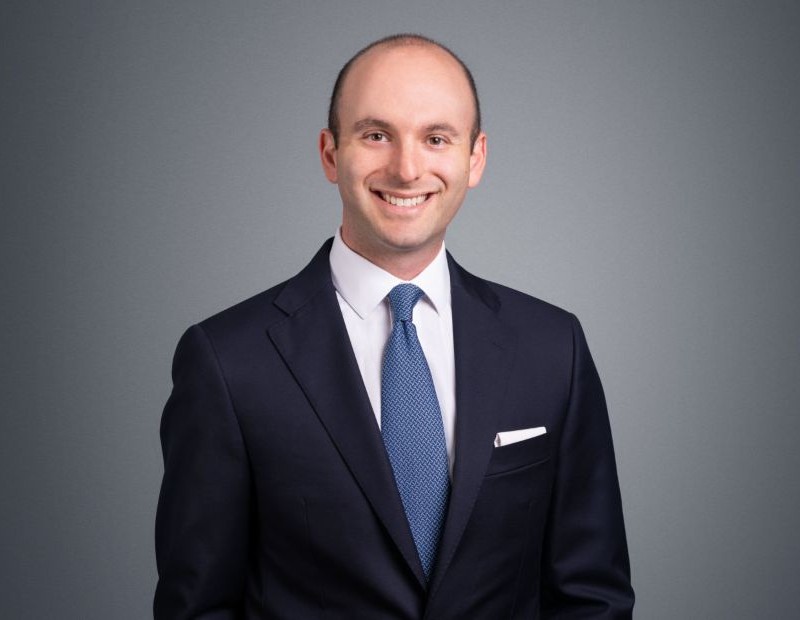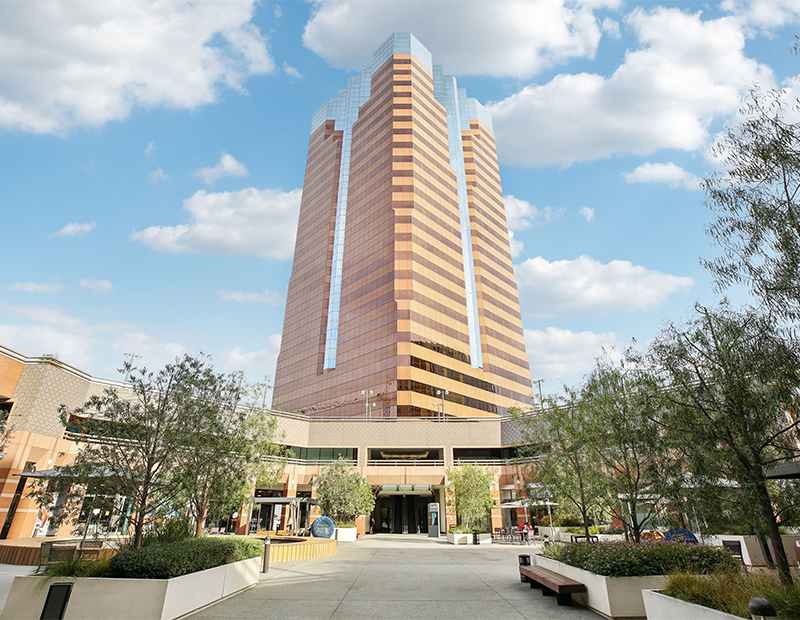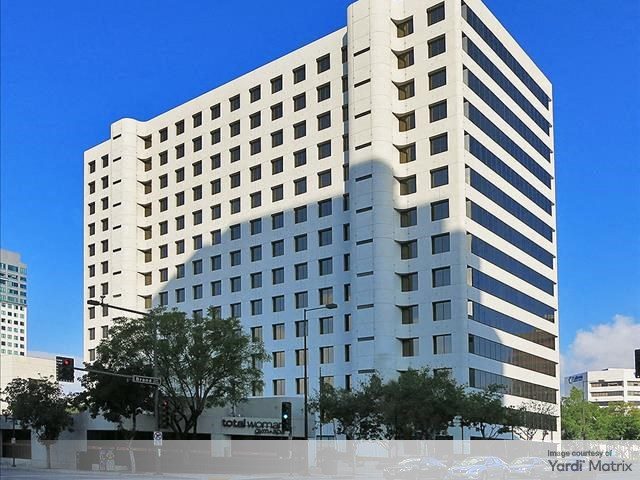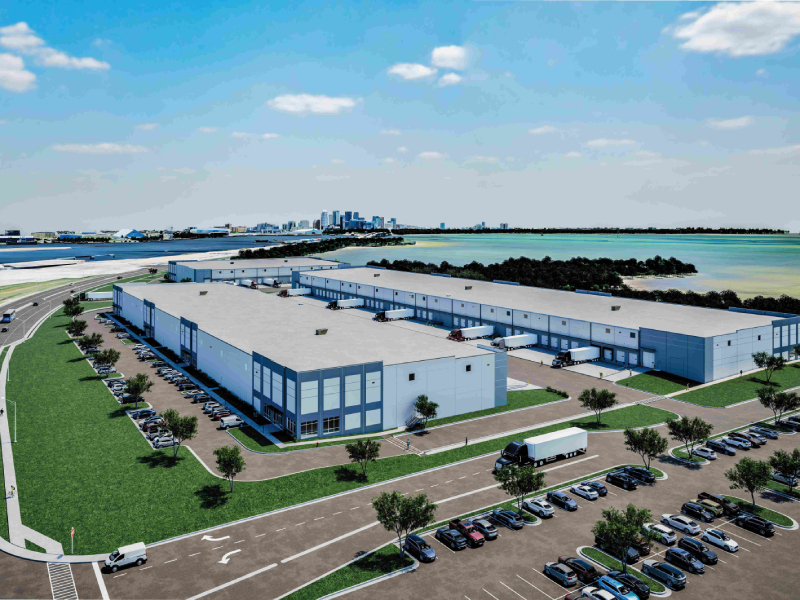2025 Is Half Over. Are You Thriving Yet?
Gantry's Robert Slatt on why he's relatively optimistic about CRE finance for the remainder of the year.

Despite continued headwinds, commercial mortgage debt liquidity remains abundant and accessible. Deal flow is up. Transactions are closing. We seem to finally have some positive signs on rate relief with stability after early rate volatility in the first half. This and a seemingly ever-resilient economy bode well for a more active second half. There is a lot to be excited about as we move into the months ahead. There are also areas of concern worth keeping an eye on. Here are some relevant themes for consideration as we plan for the back end of 2025.
Rate climate
Rate conditions have recently started improving, with the 10-year Treasury rate moving into a positive range in recent days—near, at or below 4.25 percent after an extended period above 4.4 percent. This is a good start if it holds. Any movement under 4 percent would really open the door to increased market activity. Likely, it will take Fed action to get there. Still, as yields come down, we will see more and more players getting off the sidelines.
We are also no longer in an inverted yield curve. Bond markets are stabilizing, and this stability is supporting transactions. Stability in the bond market should encourage more acquisitions and improve refinance outcomes as sponsors find it easier to hit the necessary DSCR. We are entering a new phase of the current cycle, one with encouraging green shoots and that is something to be optimistic about.
READ ALSO: Why CRE Deal Volume’s So Low?
Rate acceptance
There is not as much sticker shock today quoting rates as there has been over the past 12 to 24 months. Mostly, the market has accepted the new interest rate environment and is factoring in today’s price of capital for business planning. There is an understanding that this current improvement to rate climate will not return us to pre-volatility lows. However, as rates do improve into a lower range, we should see a big jump in transactional activity. Borrowers still need to understand that if they have a five- or 10-year loan maturing this year that didn’t amortize, cash-in will be required to refinance. Fortunately, this gap will only improve if rates continue to come down.
Shorter loan terms
Rate commitment and procrastination are translating to pursuit of shorter loan terms. We are seeing many borrowers respond to this cycle’s higher rate climate by taking on five-, three- and two-year loans, with hopes of landing in a more promising rate climate down the road. Most lenders have responded to this concern with some form of prepayment flexibility. This has resulted in 10-year loan programs becoming more attractive again, blending the best of both a five- and 10-year loan in structures that can provide long-term predictability with the refinance capability if rates dramatically improve in the relatively near future.
Return of banking
The lending market is already much more fluid this year than last. Rates are improving and capital sources are coming back, with their competition for loans benefiting borrowers. For starters, we are in a much healthier bank market. Due to balance sheets getting rightsized as loans are paid off and new capacity from mergers and acquisitions, banks are becoming more active and competitive. Banks have also become more flexible on deposit requirements, with many transitioning to just an operating account requirement, not 10 to 15 percent of the loan. Most banks still want a form of recourse and will require performance covenants.
Non-recourse debt appeal
Non-recourse capital sources remain appealing. Insurance companies are still committed to their CRE lending programs and are actively pursuing their allocation targets this summer into fall. Their five-year and three-year programs have become popular alternatives to their traditional 10-year programs, and their willingness to build in prepayment flexibility for longer-term programs is making long-term debt appealing again. CMBS is doing more volume and has become the lender of strategic resort, not necessarily the last resort. The availability of five-year terms is an attractive option for borrowers. CMBS is no longer defined by the pursuit of the highest leverage possible; it’s more an avenue for capital that may not be available elsewhere with a non-recourse structure. This tends to be the best execution for larger transactions and is still a resource for transactions pushing higher into the capital stack.
Extend-and-pretend ends
Transactions that are upside-down or refinance-challenged will find it harder and harder to secure an extension without a clear path to resolving the loan in the near term. Resolution is the primary focus of lenders now, particularly banks. This means borrowers will either be injecting equity or selling if the necessary refinance DSCR is out of reach. We are seeing some foreclosures, with most markets having hit a bottom with issues, and challenges are now clearly defined and reflected in valuations. There are deals to be had. Property owners that are upside-down have not cleared the deck yet. However, there is a bottom emerging, particularly for office.
LIKE THIS CONTENT? Subscribe to CPE’s Capital Markets Newsletter
Office evolution
The financing markets are much more receptive to office today than at any time in the post-Covid cycle. A reset in basis has begun for office, and we are seeing assets trade and reset the market. Lenders are welcoming the chance to improve their yields with new office debt. The new basis for office is clear. What tenants will pay, the market cost of tenant improvements and local market leasing momentum will continue to support realistic underwriting. While identification of viable assets ready for conversion to residential will continue to take time, urban CBD markets are benefiting from this trend.
Policy and geopolitical impacts
Big questions and unknowns linger. Will the Federal Reserve return to rate reductions soon? Will Congress reconcile and pass the “Big, Beautiful Bill” this week? Are we heading towards a more predictable policy landscape, or will tariff and immigration policies continue to generate uncertainty in the second half, especially for new construction? How will geopolitical conflicts play out after several narrowly averted disruptions recently emerged, including in one of the world’s most important energy markets?
We can all agree, debates on merits aside, that tariff policy has created a major issue in CRE. Retail tenants are hesitant to take on space not knowing if they can get inventory priced to consumer demand, industrial assets are already seeing a decrease in imports that is softening demand for space, and developers are facing deep budgeting concerns that are creating uncertainty around construction materials, both cost and availability. We should not anticipate a full resolution of these issues in 2025, with uncertainty creating hesitancy.
Opportunity and timing
For anyone who has been waiting for a better time to transact, here we are. The conversation we are having most often with clients today is, if you can find a rate that works to refinance an approaching maturity now, lock in your financing. Start the process as early as possible to avoid potential volatility or hiccups along the way. Macro conditions seem to be improving, but if the pace of the past six months has taught us anything, it’s that this could change. If you’re acquiring real estate after a basis reset or priced to acquire at the current cost of capital, you should be looking at long-term financing that offers prepayment flexibility, say after year five for a 10-year loan. After a chaotic beginning to 2025, positive change is in the air. Take advantage. There is no time like the present.
Robert Slatt is principal at Gantry.







You must be logged in to post a comment.